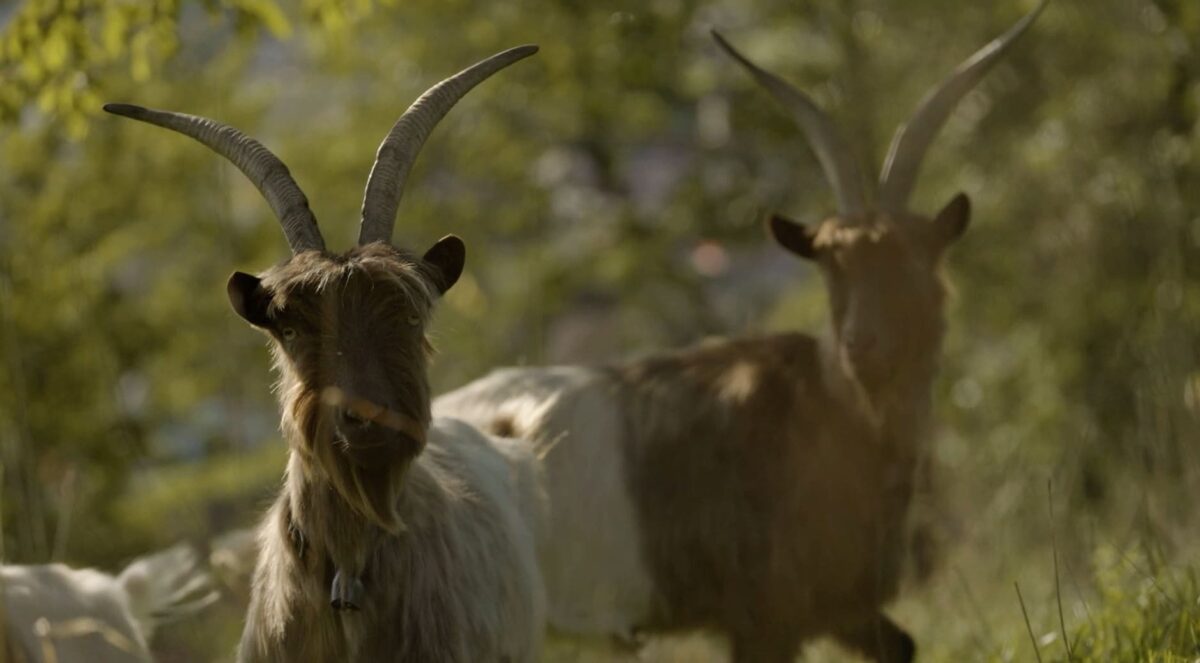Capra Grigia
The Calanca, Leventina, Valmaggia and Riviera goats were left with a bleak outlook in the 1938 review of Swiss goat breeds: they were not recognised as breeds and were thus not considered indigenous to Switzerland, meaning their numbers decreased drastically. In the 1990s, ProSpecieRara became aware of their predicament and launched a rescue project. However, this project was not aimed at the individual types, but rather for all of them together under the name «Capra Grigia», which is Italian for «stone goat». Since 2006, the breed has also been officially recognised as a Swiss goat breed. The name refers to the coat colour, which can vary from silver to dark grey. A striking feature of this breed are the strong horns found on both sexes. Thanks to their colour, this breed is adept at hiding in the mountains, a quality that has been important for protecting their offspring from predators but which has also represented a challenge for herders at times. The Capra Grigia can be kept as a mother goat, for milk production and as a means of protecting against scrub encroachment.


